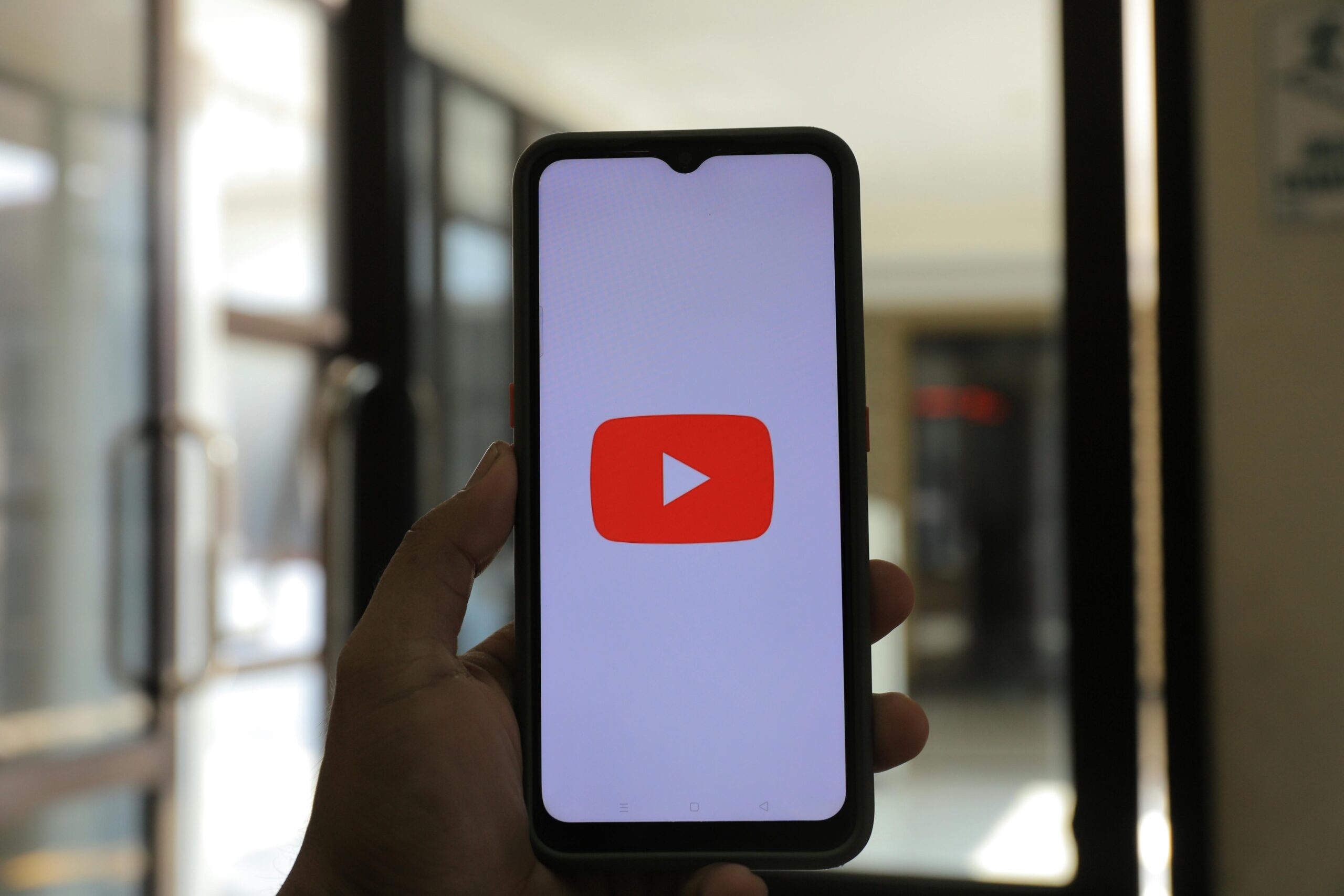When many people start learning to read music, the main problem is they often have trouble understanding the different types of notes and how long each note is held; this can be especially true if they’re unfamiliar with fractions. So, are time signatures fractions? The answer is no; time signatures are not fractions, but the durations of the different types of notes we see are fractions of a whole note. In this article, let’s dig a little deeper into why this is.
We write notes between two vertical lines called bar lines, and the space between the two lines is referred to as a measure of music. Each note takes up a certain amount of space within the measure, and you can consider the note duration somewhat of a fraction.
A whole note cut in half is two half notes, a half note cut in half is two-quarter notes, a quarter note cut in half is two eighth notes, an eighth note cut in half is two sixteenth notes, a sixteen note cut in half is two thirty-second notes, a thirty-second note cut in half is two sixty-fourth notes, and so on.
The best example of this working is thinking about 4/4 time where a whole note is played for the entire measure, a half note is only played for half a measure, a quarter note is only played for a quarter of the measure, an eighth note is only played for an eighth of a measure, and a sixteenth note is only played for a sixteenth of a measure and so on. That works for the time signature 4/4, but it doesn’t hold true for other time signatures.
All of the above is true regarding how many notes fit into each other; for example, four quarter notes make a whole note, but as for the fraction explanation, don’t think of the duration of a note based on a fraction of the measure, but on the fraction of a whole note instead. If you think of note duration as a fraction of a measure, while it may work in 4/4 time, it won’t necessarily work if you change the time signature. Note durations are not a fraction of the measure but a fraction of how the notes relate to a whole note.
For example, if you change the time signature to 3/4 time, you only have three-quarter notes for each measure, and each takes up a third of the bar. In the simple time signature of 3/4, a quarter-note isn’t held for a quarter of the measure but a third of the entire measure. The two-quarter notes still make a half note, but in this case, a half note takes up two-thirds of a bar, not half of a bar, as the note name “half note” would suggest.
Are you confused yet; you probably should be. So we learned that note durations can be considered fractions, but only when relating to a whole note, as in four quarter notes equal a whole note, but they are not always a fraction of the measure of music because that changes with the time signature.
As with all things, reading music will become easier to understand the more time you spend reading music and experiencing different time signatures. I wish you all the best. Have fun practicing.
Check Out More from My Blog
Discover all you can do with music lessons by exploring my blog categories. From Piano Studies and Home Recording to Home Studios, Music Theory, and Self Publishing, there’s something for everyone. Start your next musical journey today!







